March 24th, 2007 | admin
Sapota (also sapodilla, zapota, chikku, chicku) is cultivated in Kerala for its sweet fruit. Though introduced to the land from the Americas, India has become the largest producer of sapodilla or sapota.
The large evergreen trees have dense foliage. It strives well in tropical conditions. There will be flowers and fruits on the tree almost throughout the year.
Towards the ends of branches, there will be small white-creamy flowers. Ovoid brown fruits are about the size of an egg. Beneath the skin is fleshy edible part, which can be dark creamy to brown. The fruit encloses five to ten 2-3 cm long black seeds. However, seedless varieties too are available out there. It is harvested only after fully ripe. Peel the skin or cut the fruit in two to enjoy the fleshy fruit. DonÂ’t forget to remove the seeds. Young fruits have characteristic latex. The fruits deteriorate quickly after ripening and harvesting. The fruits canÂ’t be stored more than a few days.
Fruits are eaten raw, and there is hardly any culinary preparation with sapotas.
Propagation is by air layering, stem cutting etc. The seeds are prone to variability in progeny. Today there are different variety of this fruit tree cultivated in Kerala and India.
Probably because of its late entry into Indian orchards, zapota has little reference in Ayurveda medicinal texts.




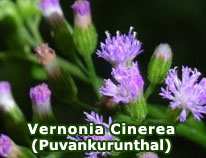
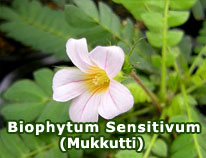
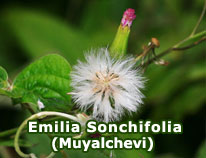
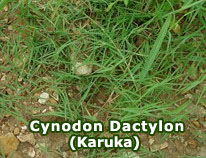
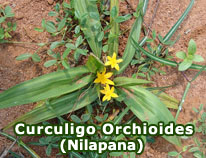
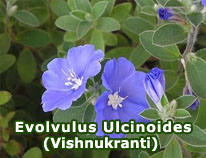
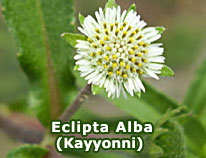
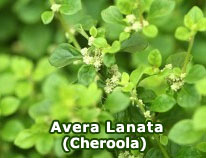
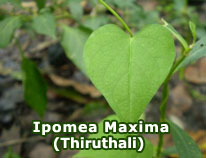
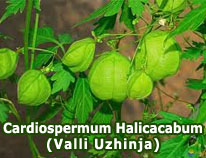
 Loading ...
Loading ...





